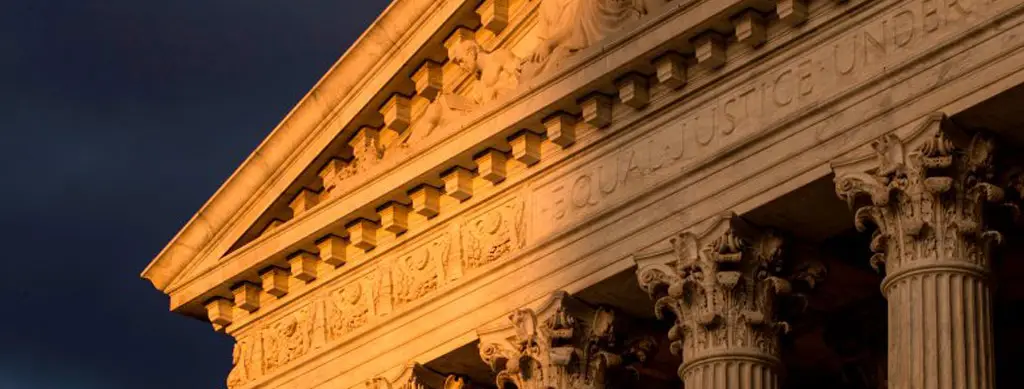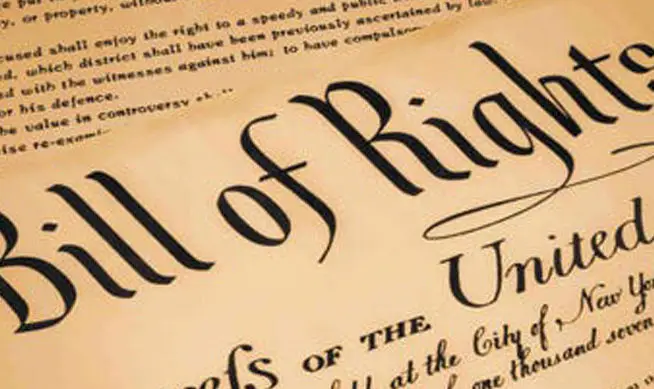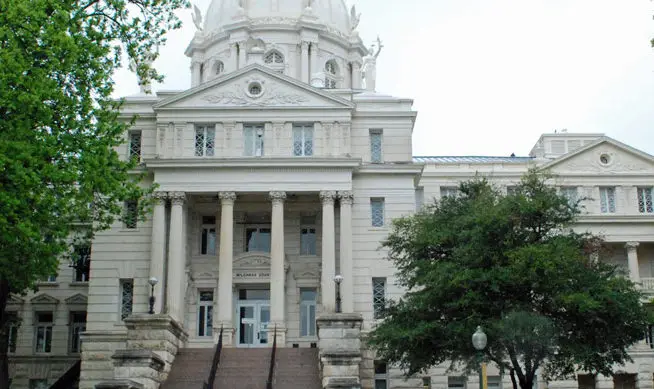For most people, how bail bond services work is a mystery. However, knowing the history of bail will help you understand the bail system we have today.
The Early US Bail System
The United States’ bail laws are based on a system developed in England during the Middle Ages. In 1677, the English parliament passed the Habeas Corpus Act, which, among its provisions, established that magistrates would set terms for bail. The English Bill of Rights of 1689 declared restrictions against “excessive bail.”
These English laws inspired the early leaders of the United States. Traces of the Habeas Corpus Act and the English Bill of Rights appear in the Virginia state constitution and the Eighth Amendment to the US Constitution. The Sixth Amendment to the Constitution states that all people under arrest must “be informed of the nature and cause of the accusation” they face and also allows a person to demand bail if he or she is accused of a bailable offense.
The Judiciary Act of 1789 stated that all non-capital offenses (crimes that did not carry the possibility of the death penalty) were bailable. In the case of capital crimes, the possibility of bail was at the judge’s discretion. The act also placed limits on judges’ powers in setting bail — think back to the English Bill of Rights’ prohibition against “excessive bail.”

The History of Bail 23
The Bail Reform Act of 1966: Overturning Discrimination
From 1789 until 1966, US bail law didn’t change much. In 1966, the U.S. Congress passed the Bail Reform Act, which allowed for the release of defendants with as small a financial burden as possible. Before signing the act, President Lyndon B. Johnson gave a speech that contained stunning examples of how the bail system had hurt people in the past. Here’s a part of his speech:
Other anecdotes related similar stories: poor people spending months in jail only to later have the charges dropped; others forced to sit in jail, unable to work, only to be found innocent of all charges. The 1966 Reform Act was a great step toward the system we have today.
The Bail Reform Act of 1984: Closing the Loopholes
The Bail Reform Act of 1984 was a major change in the system. Though the 1966 Bail Reform Act had helped to overturn discrimination against the poor, it had a serious loophole. It allowed many dangerous suspects to receive bail, as long as they didn’t appear to be flight risks. Now, defendants must be held until trial if they’re judged dangerous to the community. The law also established new categories of who could be held without bail — mostly those charged with very serious crimes, repeat offenders, the potentially dangerous and anyone who might be a flight risk. And finally, the act stated that those who were eligible for bail had to have a bail hearing.
Today’s Bail System
Today’s bail system is safer and fairer than past systems. It allows bail bondsmen like us to do our work, helping people who can’t afford the full bail amount. It acknowledges that bad things happen to good people, and that many people who are arrested do not deserve to be held in jail while their lives crumble around them. It allows more people to be released on bail, with the help of a bail bondsman, while screening out truly dangerous criminals for everyone’s protection.






